Essential Oil
 Essential Oil – Natural and pure
Essential Oil – Natural and pure
An essential oil is a concentrated hydrophobic liquid containing volatile (easily evaporated at normal temperatures) chemical compounds from plants.
Description
Essential Oil angelina365
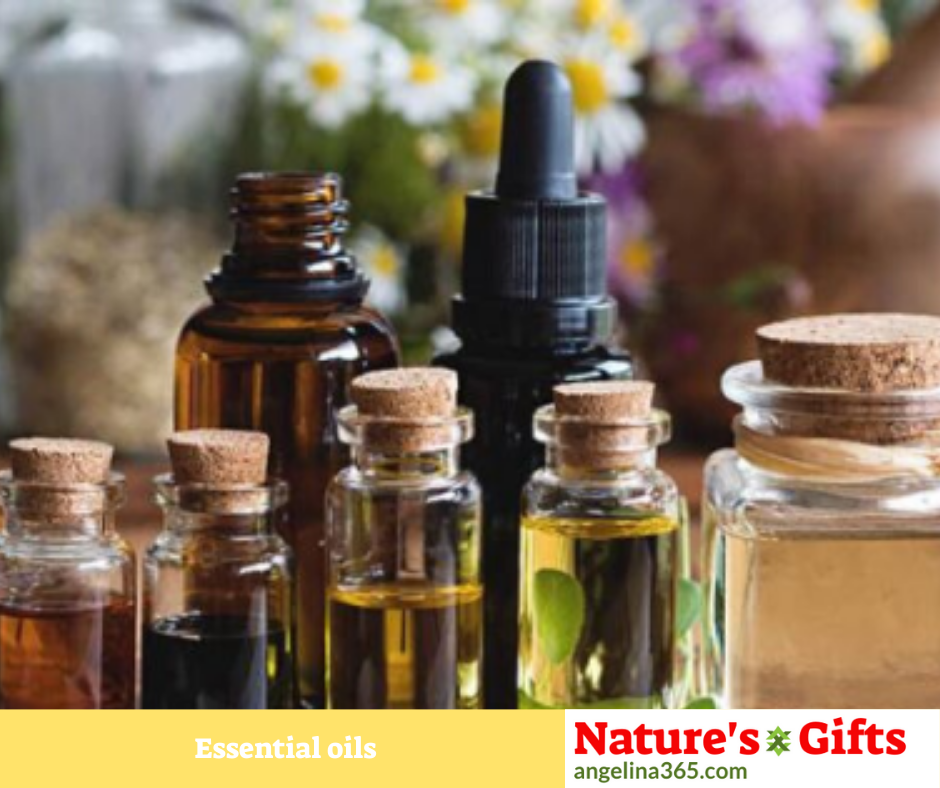
What is Essential Oil?
An essential oil It is a pure natural oil, Some call it antibacterial oil. a concentrated hydrophobic liquid containing volatile (easily evaporated at normal temperatures) chemical compounds from plants.
Essential oils are also known as volatile oils, ethereal oils, aetherolea, or simply as the oil of the plant from which they were extracted, such as oil of clove. Basil oil
A essential oil is “essential” in the sense that it contains the “essence of” the plant’s fragrance the characteristic fragrance of the plant from which it is derived.
The term “essential” used here does not mean indispensable or usable by the human body, as with the terms essential amino acid or essential fatty acid, which are so called because they are nutritionally required by a given living organism.
Method of production of essential oil
In this paragraph, Essential oils are generally extracted by distillation, often by using steam.
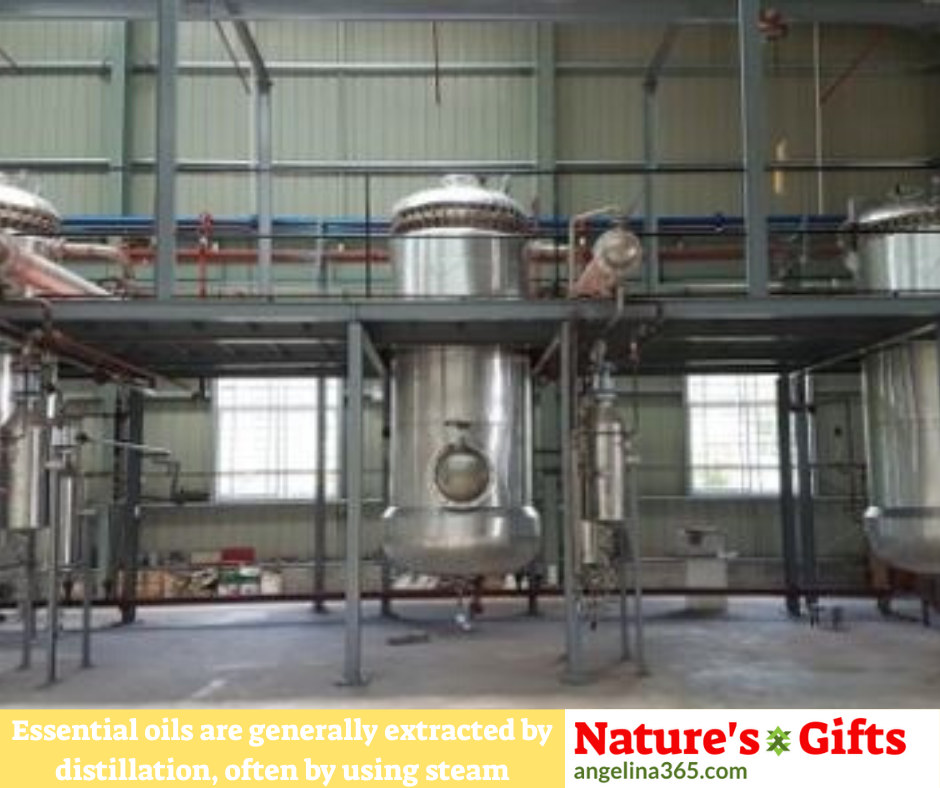
Steam distillation is a separation process which consists in distilling water together with other volatile and non-volatile components.
The steam from the boiling water carries the vapor of the volatiles to a condenser, where both are cooled and return to the liquid or solid state; while the non-volatile residues remain behind in the boiling container.
Other ways to create essential oil Other processes include expression, solvent extraction, sfumatura, absolute oil extraction, resin tapping, wax embedding, and cold pressing.
Oil essential used in perfumes, cosmetics, soaps and other products, for flavoring food and drink, and for adding scents to incense and household cleaning products. Essential Oils should not be confused with Perfume, Fragrance, etc.
Pure natural oil – Essential Oils should not be confused with Perfume, Fragrance, etc. The fragrance and etc usually include pure chemical components whereas essential oils are derived from plants.
what are essential oils uses for?
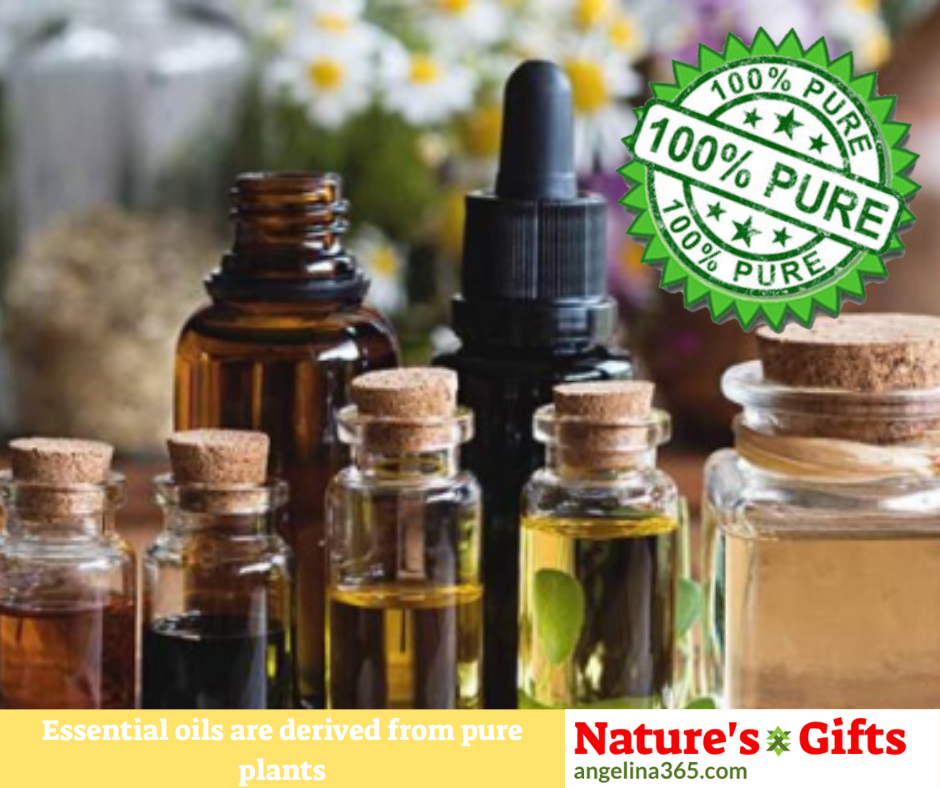
Essential oils are often used for aromatherapy, a form of alternative medicine in which healing effects are ascribed to aromatic compounds.
Improper use of essential oils may cause harm including allergic reactions and skin irritation, and children may be particularly susceptible to the toxic effects of improper use.

how to use essential oils at home
Most common essential oils such as lavender, peppermint, tea tree oil, patchouli, eucalyptus, Basil are distilled. Raw plant material, consisting of the flowers, leaves, wood, bark, roots, seeds, or peel, is put into an alembic (distillation apparatus) over water. As the water is heated, the steam passes through the plant material, vaporizing the volatile compounds.
The vapors flow through a coil, where they condense back to liquid, which is then collected in the receiving vessel.
Most oils are distilled in a single process. One exception is ylang-ylang which is purifed through a fractional distillation.
The re-condensed water is referred to as a hydro sol, hydro lat, herbal distillate, or plant water essence, which may be sold as another fragrant product. Hydro sols include rose water, lavender water, lemon balm and orange blossom water. The use of herbal distillates in cosmetics is increasing.

Taken by mouth, many essential oils can be dangerous in high concentrations. Typical effects begin with a burning feeling, followed by salivation. Sapeika, Norman (1963). Actions and Uses of Drugs. A.A. Balkema.
Different essential oils may have drastically different pharmacology. Some act as local anesthetic counter irritants and, thereby, exert an intuitiveness effect.
Many essential oils, particularly tea tree oil, may cause contact dermatitis

Aromatherapy is a form of alternative medicine in which healing effects are ascribed to the aromatic compounds in essential oils and other plant extracts. Aromatherapy may be useful to induce relaxation, but there is not sufficient evidence that essential oils can effectively treat any condition.

Common name and botanical name of the plant

| Common name | Botanical name of plant source |
|---|---|
| Alfalfa | Medicago sativa L. |
| Allspice | Pimenta officinalis Lindl. |
| Almond, bitter (pure from prussic acid) | Prunnus amygdalus Batsch, Prussun armeniaca L., or Prunnus persica (L.) Batsch. |
| Ambrette (seed) | Hibiscus moschatus Moench. |
| Angelica root | Angelica archangelica L. |
| Angelica seed | Do. |
| Angelica stem | Do. |
| Angostura (cusparia bark) | Galipea officinalis Hancock. |
| Anise | Pimpinella anisum L. |
| Asafetida | Ferula assa-foetida L. and related spp. of Ferula. |
| Balm (lemon balm) | Melissa officinalis L. |
| Balsam of Peru | Myroxylon pereirae Klotzsch. |
| Basil | Ocimum basilicum L. |
| Bay leaves | Laurus nobilis L. |
| Bay (myrcia oil) | Pimenta racemosa (Mill.) J. W. Moore. |
| Bergamot (bergamot orange) | Citrus aurantium L. subsp. bergamia Wright et Arn. |
| Bitter almond (free from prussic acid) | Prunus amygdalus Batsch, Prunus armeniaca L., or Prunus persica (L.) Batsch. |
| Bois de rose | Aniba rosaeodora Ducke. |
| Cacao | Theobroma cacao L. |
| Camomile (chamomile) flowers, Hungarian | Matricaria chamomilla L. |
| Camomile (chamomile) flowers, Roman or English | Anthemis nobilis L. |
| Cananga | Cananga odorata Hook. f. and Thoms. |
| Capsicum | Capsicum frutescens L. and Capsicum annuum L. |
| Caraway | Carum carvi L. |
| Cardamom seed (cardamon) | Elettaria cardamomum Maton. |
| Carob bean | Ceratonia siliqua L. |
| Carrot | Daucus carota L. |
| Cascarilla bark | Croton eluteria Benn. |
| Cassia bark, Chinese | Cinnamomum cassia Blume. |
| Cassia bark, Padang or Batavia | Cinnamomum burmanni Blume. |
| Cassia bark, Saigon | Cinnamomum loureirii Nees. |
| Celery seed | Apium graveolens L. |
| Cherry, wild, bark | Prunus serotina Ehrh. |
| Chervil | Anthriscus cerefolium (L.) Hoffm. |
| Chicory | Cichorium intybus L. |
| Cinnamon bark, Ceylon | Cinnamomum zeylanicum Nees. |
| Cinnamon bark, Chinese | Cinnamomum cassia Blume. |
| Cinnamon bark, Saigon | Cinnamomum loureirii Nees. |
| Cinnamon leaf, Ceylon | Cinnamomum zeylanicum Nees. |
| Cinnamon leaf, Chinese | Cinnamomum cassia Blume. |
| Cinnamon leaf, Saigon | Cinnamomum loureirii Nees. |
| Citronella | Cymbopogon nardus Rendle. |
| Citrus peels | Citrus spp. |
| Clary (clary sage) | Salvia sclarea L. |
| Clover | Trifolium spp. |
| Coca (decocainized) | Erythroxylum coca Lam. and other spp. of Erythroxylum. |
| Coffee | Coffea spp. |
| Cola nut | Cola acuminata Schott and Endl., and other spp. of Cola. |
| Coriander | Coriandrum sativum L. |
| Cumin (cummin) | Cuminum cyminum L. |
| Curacao orange peel (orange, bitter peel) | Citrus aurantium L. |
| Cusparia bark | Galipea officinalis Hancock. |
| Dandelion | Taraxacum officinale Weber and T. laevigatum DC. |
| Dandelion root | Do. |
| Dog grass (quackgrass, triticum) | Agropyron repens (L.) Beauv. |
| Elder flowers | Sambucus canadensis L. and S. nigra I. |
| Estragole (esdragol, esdragon, tarragon) | Artemisia dracunculus L. |
| Estragon (tarragon) | Do. |
| Fennel, sweet | Foeniculum vulgare Mill. |
| Fenugreek | Trigonella foenum-graecum L. |
| Galanga (galangal) | Alpinia officinarum Hance. |
| Geranium | Pelargonium spp. |
| Geranium, East Indian | Cymbopogon martini Stapf. |
| Geranium, rose | Pelargonium graveolens L’Her. |
| Ginger | Zingiber officinale Rosc. |
| Grapefruit | Citrus paradisi Macf. |
| Guava | Psidium spp. |
| Hickory bark | Carya spp. |
| Horehound (hoarhound) | Marrubium vulgare L. |
| Hops | Humulus lupulus L. |
| Horsemint | Monarda punctata L. |
| Hyssop | Hyssopus officinalis L. |
| Immortelle | Helichrysum augustifolium DC. |
| Jasmine | Jasminum officinale L. and other spp. of Jasminum. |
| Juniper (berries) | Juniperus communis L. |
| Kola nut | Cola acuminata Schott and Endl., and other spp. of Cola. |
| Laurel berries | Laurus nobilis L. |
| Laurel leaves | Laurus spp. |
| Lavender | Lavandula officinalis Chaix. |
| Lavender, spike | Lavandula latifolia Vill. |
| Lavandin | Hybrids between Lavandula officinalis Chaix and Lavandula latifolin Vill. |
| Lemon | Citrus limon (L.) Burm. f. |
| Lemon balm (see balm) | |
| Lemon grass | Cymbopogon citratus DC. and Cymbopogon lexuosus Stapf. |
| Lemon peel | Citrus limon (L.) Burm. f. |
| Lime | Citrus aurantifolia Swingle. |
| Linden flowers | Tilia spp. |
| Locust bean | Ceratonia siliqua L, |
| Lupulin | Humulus lupulus L. |
| Mace | Myristica fragrans Houtt. |
| Mandarin | Citrus reticulata Blanco. |
| Marjoram, sweet | Majorana hortensis Moench. |
| Mate | Ilex paraguariensis St. Hil. |
| Melissa (see balm) | |
| Menthol | Mentha spp. |
| Menthyl acetate | Do. |
| Molasses (extract) | Saccarum officinarum L. |
| Mustard | Brassica spp. |
| Naringin | Citrus paradisi Macf. |
| Neroli, bigarade | Citrus aurantium L. |
| Nutmeg | Myristica fragrans Houtt. |
| Onion | Allium cepa L. |
| Orange, bitter, flowers | Citrus aurantium L. |
| Orange, bitter, peel | Do. |
| Orange leaf | Citrus sinensis (L.) Osbeck. |
| Orange, sweet | Do. |
| Orange, sweet, flowers | Do. |
| Orange, sweet, peel | Do. |
| Origanum | Origanum spp. |
| Palmarosa | Cymbopogon martini Stapf. |
| Paprika | Capsicum annuum L. |
| Parsley | Petroselinum crispum (Mill.) Mansf. |
| Pepper, black | Piper nigrum L. |
| Pepper, white | Do. |
| Peppermint | Mentha piperita L. |
| Peruvian balsam | Myroxylon pereirae Klotzsch. |
| Petitgrain | Citrus aurantium L. |
| Petitgrain lemon | Citrus limon (L.) Burm. f. |
| Petitgrain mandarin or tangerine | Citrus reticulata Blanco. |
| Pimenta | Pimenta officinalis Lindl. |
| Pimenta leaf | Pimenta officinalis Lindl. |
| Pipsissewa leaves | Chimaphila umbellata Nutt. |
| Pomegranate | Punica granatum L. |
| Prickly ash bark | Xanthoxylum (or Zanthoxylum) Americanum Mill. or Xanthoxylum clava-herculis L. |
| Rose absolute | Rosa alba L., Rosa centifolia L., Rosa damascena Mill., Rosa gallica L., and vars. |
| Rose (otto of roses, attar of roses) | Do. |
| Rose buds | Do. |
| Rose flowers | Do. |
| Rose fruit (hips) | Do. |
| Rose geranium | Pelargonium graveolens L’Her. |
| Rose leaves | Rosa spp. |
| Rosemary | Rosmarinus officinalis L. |
| Saffron | Crocus sativus L. |
| Sage | Salvia officinalis L. |
| Sage, Greek | Salvia triloba L. |
| Sage, Spanish | Salvia lavandulaefolia Vahl. |
| St. John’s bread | Ceratonia siliqua L. |
| Savory, summer | Satureia hortensis L. |
| Savory, winter | Satureia montana L. |
| Schinus molle | Schinus molle L. |
| Sloe berries (blackthorn berries) | Prunus spinosa L. |
| Spearmint | Mentha spicata L. |
| Spike lavender | Lavandula latifolia Vill. |
| Tamarind | Tamarindus indica L. |
| Tangerine | Citrus reticulata Blanco. |
| Tarragon | Artemisia dracunculus L. |
| Tea | Thea sinensis L. |
| Thyme | Thymus vulgaris L. and Thymus zygis var. gracilis Boiss. |
| Thyme, white | Do. |
| Thyme, wild or creeping | Thymus serpyllum L. |
| Triticum (see dog grass) | |
| Tuberose | Polianthes tuberosa L. |
| Turmeric | Curcuma longa L. |
| Vanilla | Vanilla planifolia Andr. or Vanilla tahitensis J. W. Moore. |
| Violet flowers | Viola odorata L. |
| Violet leaves | Do. |
| Violet leaves absolute | Do. |
| Wild cherry bark | Prunus serotina Ehrh. |
| Ylang-ylang | Cananga odorata Hook. f. and Thoms. |
| Zedoary bark | Curcuma zedoaria Rosc. |
Additional information
| Size | 10 ml, 15 ml, 5 ml |
|---|---|
| Product Name |

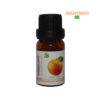
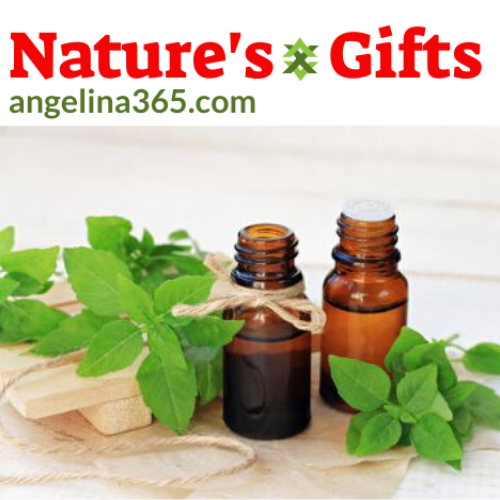
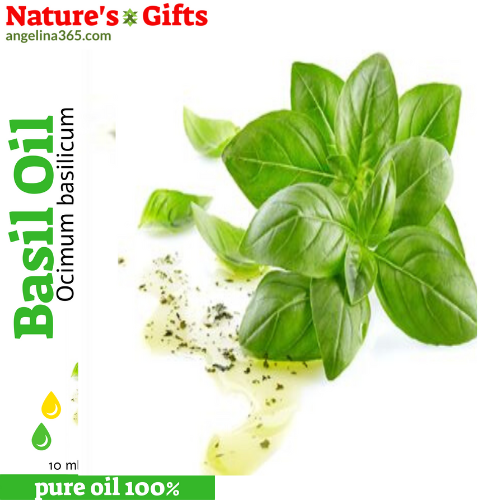
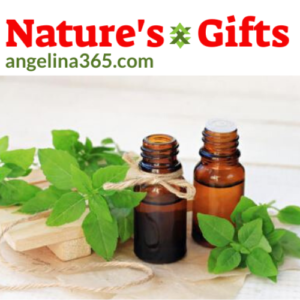

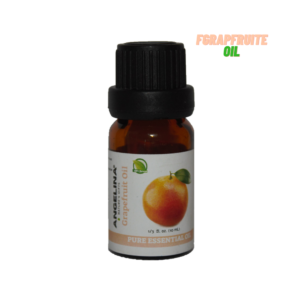
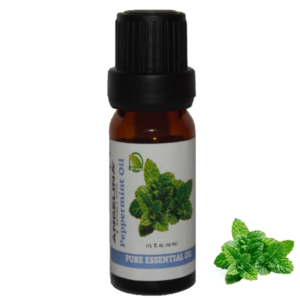


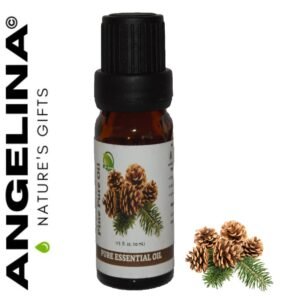
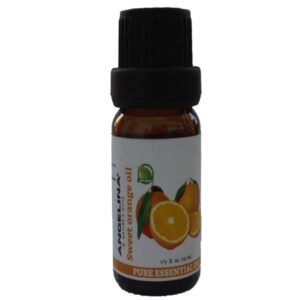
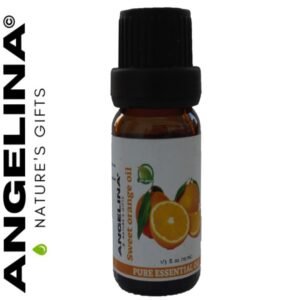
Reviews
There are no reviews yet.